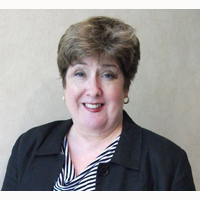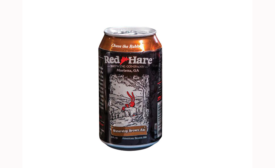Packaging Material
Aseptic carton packaging grows in the beverage industry
Consumers continue to seek eco-friendly, clean label packaging
October 16, 2015
Absolut Vodka introduces limited-edition bottle
Bottles inspire consumers to turn nights “electrik”
September 22, 2015
Premium beverages, sustainability drive labeling material trends
Matte finishes and new textures dominate labeling material trends
September 16, 2015
GoodBelly redesign targets mainstream consumers
Packaging balances form and function
July 16, 2015
Secondary packaging battles retail challenges
Beverage companies utilize secondary packaging to keep shelf space
July 16, 2015
Craft beer packages in cans
Craft brewers use cans for convenience, branding
June 15, 2015
Personalized packaging grows in beverage industry
Customization, innovation grows due to demand
June 15, 2015
Inks and graphics offer connections, experiences
Beverage brands use innovations to stand out on the shelf
June 15, 2015
ProMat 2015 post-show report
Tradeshow highlights latest supply chain solutions
May 15, 2015
Elevate your expertise in the beverage marketplace with unparalleled insights and connections.
Join thousands of beverage professionals today. Shouldn’t you know what they know?
JOIN NOW!Copyright ©2025. All Rights Reserved BNP Media.
Design, CMS, Hosting & Web Development :: ePublishing












